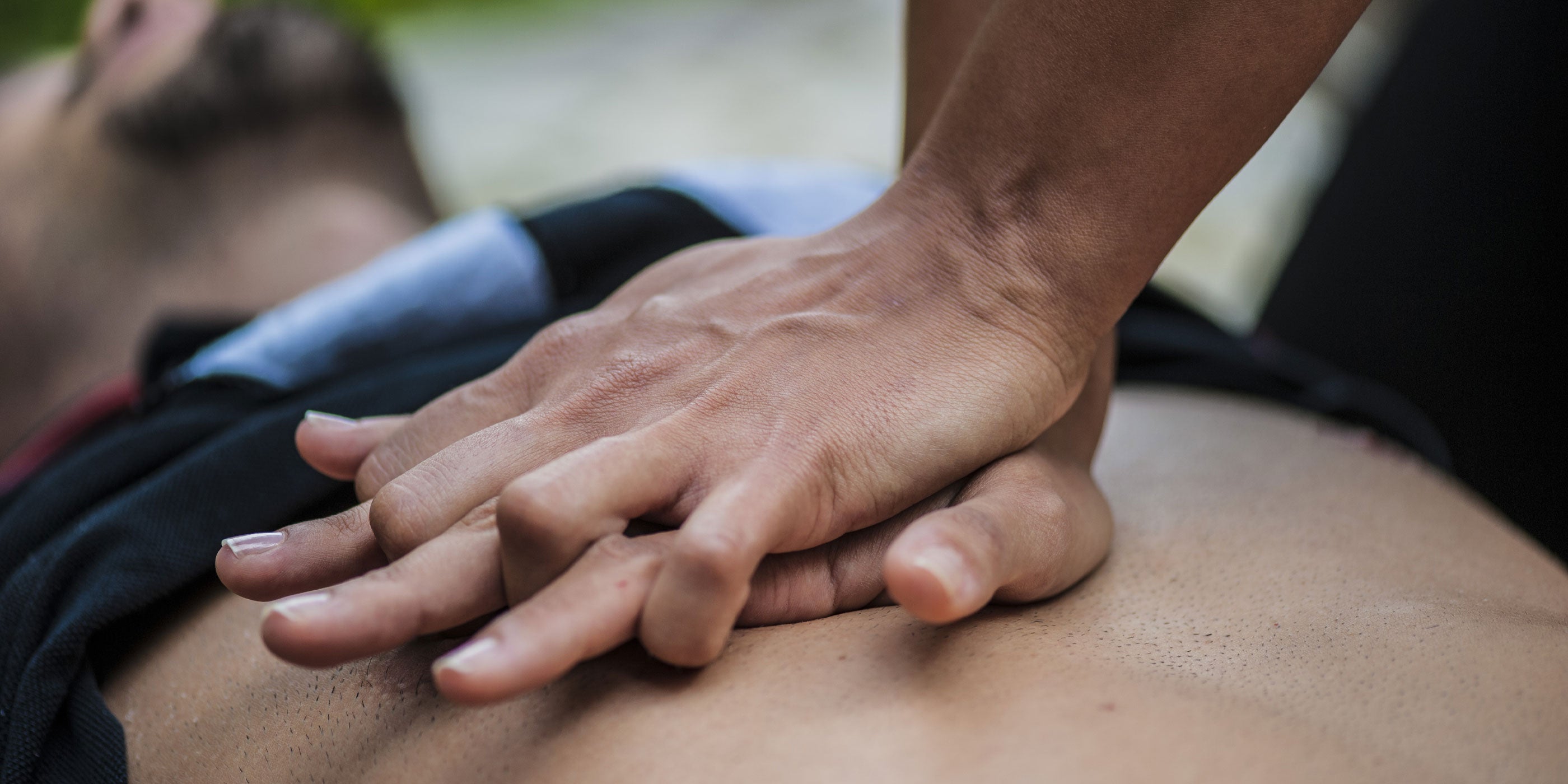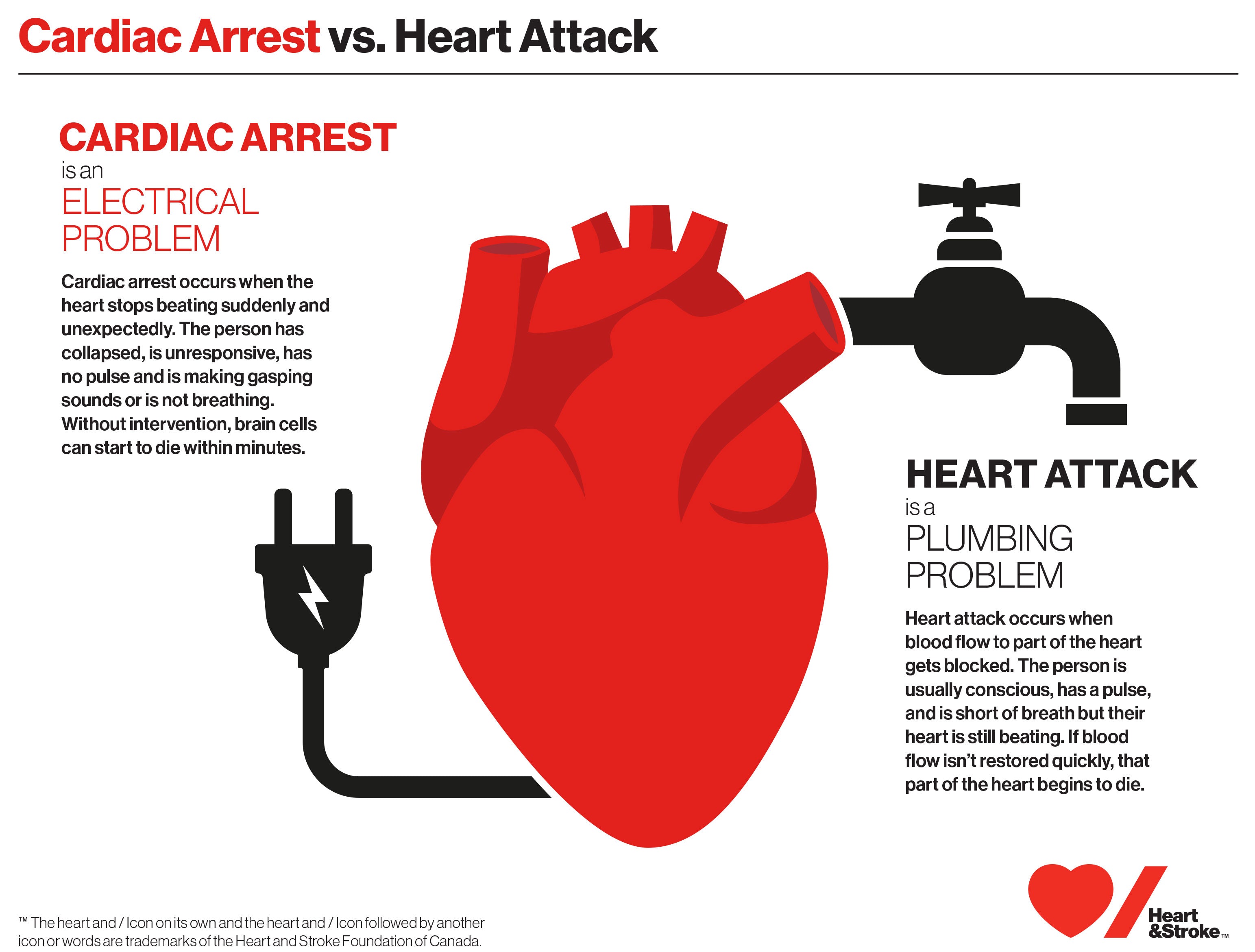
Heart & Stroke's Impact
Heart & Stroke drives life-saving medical breakthroughs, advocates for better health, and brings together the brightest minds to improve diagnosis, care and support. Our key priorities are to:
- Improve cardiac arrest survival rates
- Transform the stroke system and care
- Prevent the surge of heart failure
- Close the gaps in health inequity
- Champion congenital heart disease lifelong care
- Fight for healthier generations
CardiacCrash serves as a vital tool in advancing Heart & Stroke's mission to improve cardiac arrest survival rates. Together we can change lives.
Join us and learn to save a life today! To learn more about CardiacCrash, explore our FAQ or visit our specific pages for schools, communities, and workplaces.
What is cardiac arrest?
- Cardiac arrest is when the heart suddenly and unexpectedly stops beating. It can happen to anyone, any age, any place or time, without warning.
- A person experiencing cardiac arrest suddenly collapses, is unresponsive, has no pulse and is making gasping sounds or not breathing.
- A cardiac arrest is not the same as a heart attack, although both are medical emergencies.
- A heart attack is not always sudden and severe – but a cardiac arrest is.
- Cardiac arrest is an "electrical" problem in the heart. The heart goes into an erratic and ineffective rhythm and cannot pump blood to the rest of the body. Without intervention, brain cells can start to die within minutes.
Why is urgent help needed?
- 9 in 10 cardiac arrests that happen outside of a hospital result in death.
- Use of an AED (automated external defibrillator) and CPR doubles the chance of someone surviving a cardiac arrest.
- Quick bystander response to people experiencing cardiac arrest outside of a hospital is critical to improving survival rates. Bystanders need to call 9-1-1 and shout for an AED, begin CPR and use an AED as soon as one becomes available until EMS arrives.
- In most jurisdictions in Canada, less than half of cardiac arrests receive bystander CPR and approximately 10% get bystander intervention with an AED.
What is Heart & Stroke doing?
Heart & Stroke is committed to improving cardiac arrest survival rates. We do this by:
-
Raising awareness of cardiac arrest, the signs and symptoms and the importance of bystander CPR and AED use.
-
Training people in Canada (healthcare professionals and the public) in CPR and AED use through a vast instructor network and through CardiacCrash.
-
Funding life-saving resuscitation research that will save more lives and continuously improve outcomes for those affected by cardiac arrest.
-
Advocating for mandatory CPR and AED education for high school students across Canada to create a generation of lifesavers.
-
Developing guidelines for CPR and emergency cardiovascular care in Canada.
-
Ensuring AEDs are more accessible and available to communities across Canada. Since 2007, Heart & Stroke has placed 15,000 AEDs with the help of our generous donors and supporters.
“Everything was in place to save my life.”
Watch actor and singer, Robert Marien’s remarkable story and how he’s using his voice to save others after surviving a cardiac arrest.

Together we can change lives.
Support us in the fight to restart more hearts.

